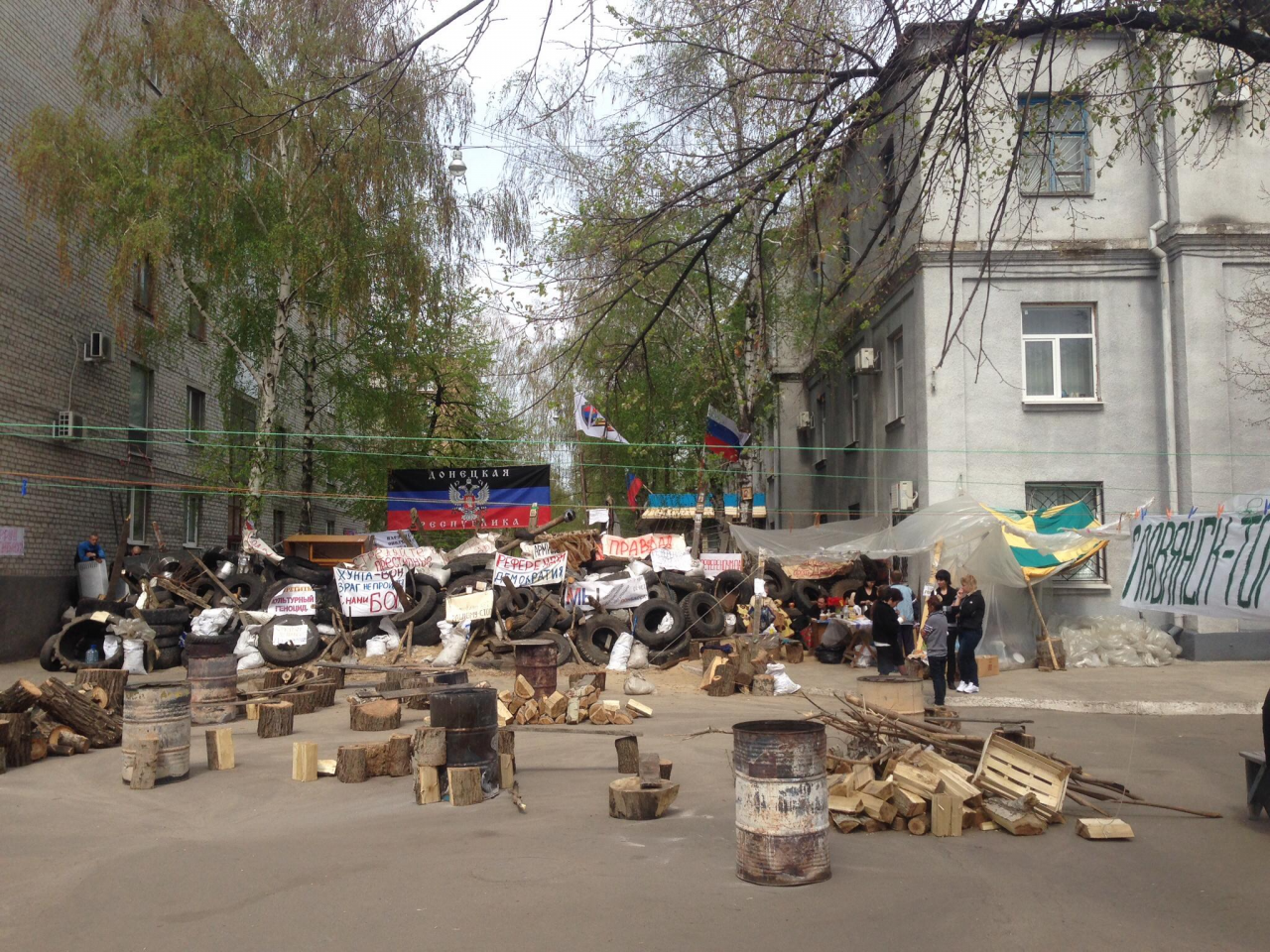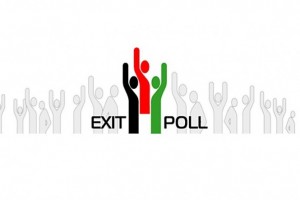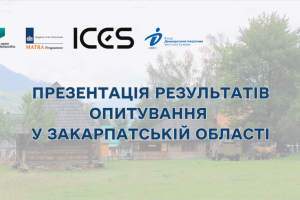4% of Ukrainians were involved in CSO activities and 89% of citizens have never donated to a civic initiative. 45% of the people feel no consequences of reforms, and half of the population believe they won’t have proper access to key state services without giving a bribe. Local government is the most confusing area in Ukrainians’ civic literacy. Pact presents these and other key findings of the 9th wave of the Civic Engagement Poll, conducted in summer 2021 under the USAID/ENGAGE Activity.
Civic Engagement: Community Level Participation Tops Engagement with CSOs and Overall Active Citizenship
ENGAGE data shows that Ukrainians more eagerly participate in the lives of their communities than in the activities arranged by CSOs. State-level forms of democratic participation are well-known to Ukrainians, but they report rarely using them as a means to demonstrate active citizenship behaviors.
7% of respondents claim to be regular participants of various community-level events. Another 29% claim to rarely join community meetings or other activities. Lack of time (32%) and interest (30%) are key obstacles to engaging in community life, according to respondents. Fewer citizens report to have participated in the activities of CSOs during the last 12 months – 4% were involved with CSOs actively and another 15% joined rarely. The predominant reasons respondents listed for their lack of participation were a lack of interest (41%) and a lack of time (38%).
While the majority of citizens are aware of various forms of democratic participation in Ukraine, this knowledge does not translate into action. During the last 12 months, every tenth citizen took part in the creation of a housing, block, or street committee or joined its work. 7% of citizens walked out in a peaceful protest, and 6% either flagged infrastructure problems to a local government personally or by phone or participated in a public hearing.
Citizen participation in addressing issues of national significance is often below the margin of error. Thus, 1% of the Ukrainians were involved in discussing bills at the national or local level. Reporting on corruption is among the rarest forms of actual civic engagement of Ukrainians – 1% of citizens disclosed to the Prosecutors’ office corruption cases that became known to them, communicated them through media (1%), or made anonymous online statements (1%).
Citizen Donations: CSOs Are at the Bottom of the List Despite Potential
The poll showed that Ukrainians have a culture of donating to different causes. Churches (66%), street beggars (63%) and the army (60%) are the top recipients of citizens’ voluntary financial contributions.
CSOs have enjoyed much less support from Ukrainians – 89% of citizens have never donated to civic initiatives. The majority of the respondents opine that rich people (58%), businesses (49%), and the state (44%) should mostly provide funding to CSOs. Nonetheless, Ukrainians acknowledge that citizens themselves should also be involved – 44% of respondents think that it is the duty of ordinary citizens, whose interests civic initiatives represent. Foreign governments are at the bottom of the most welcomed sources of funding for CSOs with only 9% of support.
Clear goals and results of civic initiatives (32%), transparent management of funding (27%) and references from the people they trust (27%) are the most compelling factors that influence people’s decision to donate to a CSO. Extensive publicity has little impact on the decision to provide financial support to a civic initiative – active coverage in media or advertising campaigns are at the bottom of citizens’ motivating factors (7% and 6% respectively).
Attitude toward Reforms: Effects Unnoticed, Corruption Mindsets Prevail
Ukrainians draw a sharp line between reform priorities for the state and for themselves. According to respondents, corruption (50%), crisis in the Donbass (42%), and poverty (37%) are the top three areas that require reforms in Ukraine. Despite the lasting COVID-19 pandemic, only 18% consider access to healthcare a critical issue for Ukraine.
When it comes to reform areas that are important for their families, Ukrainians prioritize poverty (47%), access to healthcare (36%) and unemployment (34%). This lines up with the way Ukrainians perceive the success of reforms. Increased family income (55%) and the country’s economic growth (49%), followed by the ability to receive quality services from the state (41%), are considered to be major signs of the irreversibility of positive changes.
Regardless of reform priorities, almost half of citizens (45%) did not yet feel any consequences. A humble 2% of Ukrainians have already felt positive changes. According to the majority of respondents (51%), reform outcomes can be expected no sooner than 4-5 years, and another one-third (29%) were hesitant to answer.
When talking about corruption, Ukrainians demonstrate a certain inconsistency. A sweeping majority (91%) agree that corrupt officials should be removed from office, but 66% of the respondents believe that if one can resolve an issue with a public servant by using a reward, most people in Ukraine will try to take advantage of this. While 65% of respondents agree that anyone who offers a bribe must bear the same responsibility as the one who takes it, almost 50% of respondents believe that they will not get proper access to healthcare or higher education unless they pay a bribe.
Civic Literacy: Income Tax, Peaceful Assembly, and Local Government Raise Eyebrows
As part of the survey, respondents were asked 13 knowledge-based questions on the fundamentals of state functioning, human rights, and financial literacy. In 2021, 19% demonstrated a decent knowledge and answered correctly at least 10 questions.
While Ukrainians are generally aware of their fundamental rights, the structure of power, and budgeting procedures, they demonstrated shallow knowledge of taxation. 41% know that an 18% tax rate is applied to their income, while 37% had no idea what the income tax rate was.
Most commonly, respondents are confused about the mandate of the local government. Only 25% correctly named local bodies of executive power. Another quarter (24%) think that the executive power is concentrated in the respective hands of the oblast, rayon, and local councils. Yet another 24% think that both – councils and administrations – are the local executive branch.
Respondents also stumbled on the question regarding legal authorization of peaceful assemblies. The share of those who incorrectly think that local authorities must greenlight a demonstration constituted 62%.
_______________
This survey summary was prepared by Pact as part of the USAID/ENGAGE activity, which is funded by the United States Agency for International Development (USAID). The contents of this survey summary are the sole responsibility of Pact and do not necessarily reflect the views of USAID or the United States Government.
About the CEP
The Civic Engagement Poll is conducted under the framework of the Enhance Non-Governmental Actors and Grassroots Engagement activity (USAID/ENGAGE), implemented by Pact. This report summarizes key takeaways from the poll, drawing from survey data collected in the summer of 2021.
The Civic Engagement Poll has been conducted bi-annually since 2018 and gauges citizen awareness of and engagement in civil society activities, and citizens’ participation in and perception of reform processes in Ukraine. During the most recent survey, respondents were also asked questions about their level of civic literacy and readiness to financially support charitable or civil society organizations.
The data collection for the USAID/ENGAGE Civic Engagement Poll was conducted by the research agency Info Sapiens during August-September 2021. Field interviews were conducted with Ukrainian residents aged 18 years and older, face-to-face, in the respondents’ homes. The survey sampled 2,080 respondents and was designed in accordance with the distribution of the adult population of Ukraine by age, sex, oblast, and settlement type according to the data of the State Statistics Service of Ukraine as of January 1, 2019 (excluding Crimea and non-governmental controlled regions of the Donetsk and Luhansk Oblasts). The margin of error of the sample is 2.2% (excluding the design effect).
You can download survey data and charts here.








